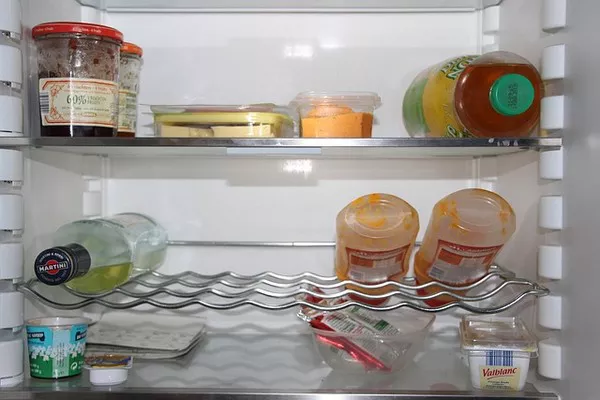Refrigerators, those indispensable modern marvels, owe their cooling efficiency to a remarkable component known as the evaporator. As the unsung hero of the refrigeration cycle, the evaporator plays a pivotal role in maintaining the optimal temperature within the refrigerator’s compartments. In this comprehensive exploration, we delve deep into the inner workings of a refrigerator evaporator, unraveling the science behind its operation and the integral role it plays in preserving the freshness of your perishables.
Understanding the Refrigeration Cycle: A Brief Overview
Before delving into the intricacies of the evaporator, let’s take a moment to grasp the fundamental concept of the refrigeration cycle. This ingenious process involves a series of interconnected components working harmoniously to extract heat from the interior of the refrigerator and expel it to the external environment. The four main components that bring this cycle to life are the compressor, condenser, expansion valve, and, of course, the evaporator.
The Core Function of the Evaporator: Absorption of Heat
At the heart of the refrigeration cycle lies the evaporator, an essential component responsible for absorbing heat and facilitating the cooling process. The evaporator typically comprises a series of coils, often made of copper or aluminum, and is strategically positioned within the freezer compartment of the refrigerator.
As the refrigerant, a specially formulated fluid with excellent heat-absorbing properties, enters the evaporator, it undergoes a rapid expansion due to a decrease in pressure. This transformation causes the refrigerant to transition from a high-pressure liquid to a low-pressure vapor. This phase change is critical, as it is during this process that the refrigerant begins to absorb heat from its surroundings.
The Dance of Evaporation: Cooling the Air
As the refrigerant transitions from liquid to vapor within the evaporator coils, it starts to draw heat from the air surrounding the coils. This heat absorption causes the air within the refrigerator to cool down significantly. The cooled air is then gently circulated throughout the refrigerator and freezer compartments through strategically placed fans.
This intricate dance of evaporation and heat absorption leads to a drop in temperature within the compartments, creating the ideal environment to preserve your food items. This cooling effect is central to maintaining the freshness of perishables, inhibiting the growth of harmful microorganisms and enzymes that contribute to spoilage.
Frost Formation: A Natural Consequence
An intriguing side effect of the evaporator’s operation is the formation of frost. Moisture present in the air inside the refrigerator can condense on the cold surface of the evaporator coils, resulting in the accumulation of frost. To prevent excessive frost buildup, modern refrigerators are equipped with automatic defrost systems that periodically melt the frost.
During the defrost cycle, the refrigeration system temporarily reverses its operation. The evaporator acts as a condenser, releasing heat to melt the accumulated frost. This process ensures that the evaporator remains efficient and continues to function optimally.
The Role of Thermostats and Compressors: Maintaining Temperature
To maintain consistent and controlled temperatures within the refrigerator compartments, the appliance is equipped with a thermostat and a compressor. The thermostat continuously monitors the temperature and signals the compressor to activate when the temperature rises above the desired level.
Once activated, the compressor propels the refrigerant through the refrigeration cycle once again. This prompts the evaporator to resume its heat-absorbing function, ensuring that the temperature within the compartments is brought back to the desired setting.
Optimized Design and Efficiency: Engineering Considerations
The design of the evaporator significantly influences its efficiency and performance. Engineers carefully consider factors such as the surface area of the evaporator coils, the type of refrigerant used, and the spacing of the coils. These factors collectively contribute to effective heat exchange, facilitating optimal cooling capacity and energy efficiency.
Conclusion: The Unsung Architect of Freshness
In conclusion, the evaporator within your refrigerator is a silent architect of freshness, orchestrating a delicate ballet of heat absorption and evaporation to create the ideal environment for preserving your food. Its role within the refrigeration cycle is nothing short of remarkable, as it transforms the science of heat transfer into the practical art of maintaining optimal temperatures.
The next time you open your refrigerator door and feel the crisp, refreshing air, take a moment to appreciate the intricate workings of the evaporator. Its ability to absorb heat, facilitate evaporation, and cool the surrounding air is the key to the longevity of your groceries and the satisfaction of knowing that your refrigerator is a reliable guardian of freshness in the modern kitchen.

